After bustling Marine Drive promenade photo from last weekend goes viral, experts say Mumbai-s population density challenges the idea that outdoor exercise is best when lockdown lifts

Health experts suggest walking without company, and keeping six feet distance, even with a mask on. Pic/ Bipin Kokate
On the evening of June 6, a few days after Cyclone Nisarga missed Mumbai-s coastline by a hair-s breadth, photographer Niharika Kulkarni was on Marine Drive. The 27-year-old, who freelances for a news agency in New Delhi, had arrived early that Saturday evening, not to cover the lull after the storm, but to take pictures of police officers deployed on the promenade. With lockdown norms relaxed in Mumbai, it was likely that people would brave a stroll in the open. "Fortunately, there were very few walkers. They were scattered, and it felt like everyone was following social distancing. In fact, the stretch near Nariman Point was fairly empty," the photographer recalls. But this scene changed within the hour. By 6.34 pm, walkers in one part of the promenade, opposite Pizza by the Bay in Churchgate, were packed in like sardines. A photograph taken by Kulkarni at that exact time, went viral on social media the next day. So disturbing was the image that netizens pronounced it "fake". Kulkarni rubbishes the claim: "I was there, and it wasn-t a good sight."
ADVERTISEMENT

Crowds stepped out in large numbers at Marine Drive, last Saturday evening, making it difficult for many to practice social distancing. PIC/Bipin Kokate
This was after all, a city that was trying to keep pace, 75 days after the lockdown was partially lifted. For many, it had been over eight weeks, since they stepped out to enjoy a whiff of fresh, salty sea air. But the timing of it felt rather misplaced. On May 31, when Maharashtra Chief Minister Uddhav Thackeray had announced the phase-wise opening of the state, it had come with a rider: "It does appear that we are nearing the peak, or are at the peak of the virus."
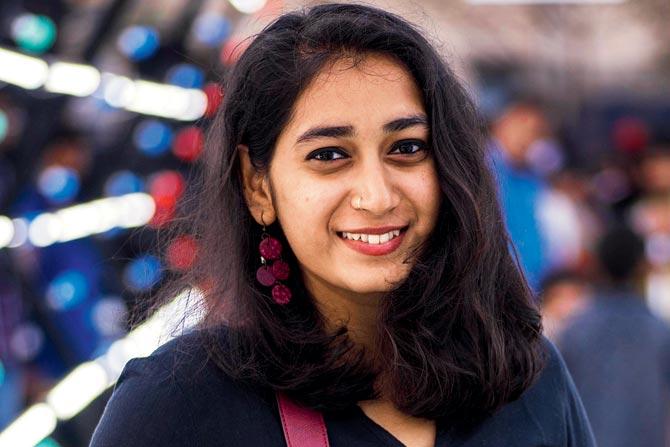
Ten days later, on June 10, Mumbai saw its highest single-day COVID-19 death toll, at 97. It is also the city that-s worst-hit by the Coronavirus pandemic. With Mumbai currently on tenterhooks, we need to ask, whether exercising outdoors could only mean more trouble in COVID times?
"The answer to this is a little complex looking at the current status of the disease and its spreading pattern," says Uttar Pradesh-based Dr Yashpal Singh Malik, secretary-general of Indian Virological Society IVS and secretary elect of the World Society for Virology WSV.

Freelance photographer Niharika Kulkarni-s photograph of Marine Drive at 6.34 pm on June 6, which went viral
While the Centres for Disease Control and Prevention CDC, the national public health institute of the United States, in its revised set of guidelines said that the virus only spreads easily "between people who are in close contact with one another [within about six feet]", thus putting someone passing by in outdoor spaces—like walkers, joggers and cyclists—at low risk, it still insists that we should "stay out of crowded places and avoid mass gatherings". "[Truth is that] we have not yet fully understood the virus-s epidemiology, the reservoirs, survivability over different environmental and transmission routes," Dr Malik says, in an email interview.
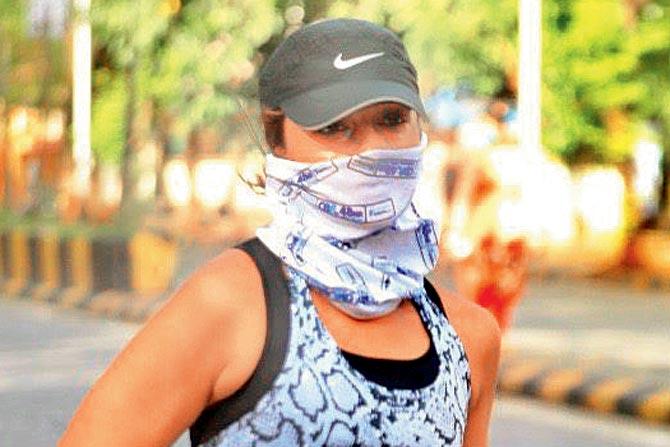
Marathon runner Shibani Gharat did a quick recce of the neighbourhood before stepping out for a run
When television journalist and marathon runner Shibani Gharat stepped out for an outdoor run for the first time in three months on June 5, she admits to having done so, with some trepidation. Even before planning to head out, Gharat, who lives in Dadar, did a quick recce of the neighbourhood, especially Shivaji Park, so that she was running at a time, when the possibility of walkers gathering in large numbers was low. "I avoided the 7 am to 8.30 am slot, and early evening, because that-s when most people go out too," she says. Part of her new running etiquette was the "mask". "Mask up when another runner or walker is approaching, and mask down when no one is around," says Gharat. Since she prefers to run without a mask, "running on the road", she says was a more viable option, "over the promenade or footpath, so that there-s minimal human contact". "I also refrain from touching any surface or even sitting down for a break on a roadside bench." And running in a group, she says, is the last thing on her mind. "As it is, running is an individual sport, and while groups are good to help people motivate each other, you really don-t know what kind of hygiene others are maintaining at home. No matter how many times people are told to wash their hands for 20 seconds, I doubt many people are practising that."

Member of the Ultra Marathon Committee of India, Sunil Chainani, says that "safety over exercise" is something that we all need to internalise, right now
Bengaluru-based management consultant and member of the Ultra Marathon Committee of India, Sunil Chainani, who has run on Marine Drive on several occasions when he lived in the financial capital, says that "safety over exercise" is something that we all need to internalise, right now. "It was only much after the lockdown eased in Bengaluru that I dared to step out. Until then, I would work out indoors," he says. "I-d certainly not be running in the crowds of Marine Drive [if I was there]. Yes, for someone who enjoys their outdoor exercise, being stuck at home can be mentally frustrating, but you need to find the right time and space for this."
The CDC in its guidelines, had stated that being "physically active is one of the best ways to keep the mind and body healthy" during the pandemic. The institute also stated that visiting parks, trails, and open spaces was a good "way to relieve stress, get some fresh air, and stay active". But stepping out in COVID-affected Mumbai, has only become an excuse for many to hang-out. At Andheri West-s Yari Road, for instance, theatre artiste Priyanka Charan says that most roads and footpaths have been blocked by people, who step out of their cars to drink with friends. "None of them are wearing masks, and nobody seems to be maintaining social distancing," she shares. Charan, who heads out to the neighbourhood park twice a day, when the crowd is at bare minimum, says the running track is quite narrow to even maintain the "six feet apart" rule. "But I really feel that we all can do with some outdoor exercise. I try and take precautions. But, when you see other people violating lockdown relaxations, it can be quite disturbing. It defeats the very purpose. You never know, how many asymptomatic carriers could be around."
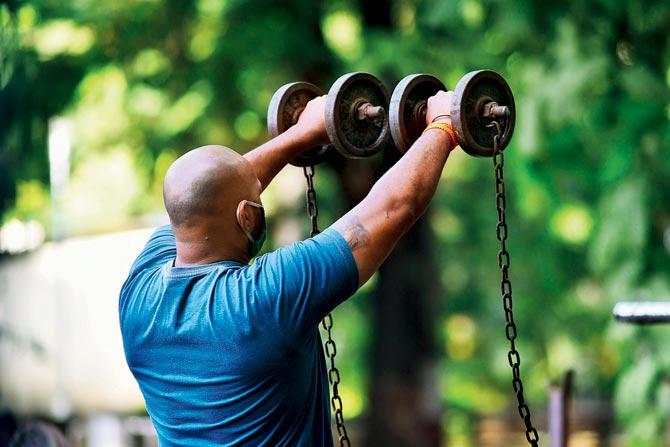
A man is seen lifting weights at an outdoor gym in Matunga. The CDC has pointed out that while touching accessories or surfaces used by others, "may not be the main way to catch the virus", it can still put someone at risk. Research on this, is still on. Pic/ Pradeep Dhivar
Breast cancer survivor and Bandra resident Shormistha Mukherjee, who started cycling this week, says it-s quite unnerving to see people flocking on the roads. "I wouldn-t dare cycle on Carter Road or Bandstand… it-s that bad. Even the bylanes are packed with people. No lane has been spared in Bandra. That-s why I go cycling as late as 8.30 pm," says Mukherjee, who is the co-founder of a digital agency. "Some days ago, I was on this empty stretch of road, and just being able to breathe fresh air, made me feel so good. But because of my condition, I am a little paranoid. Everyone tells me, -Your immunity has been compromised [due to chemotherapy], so you better be careful-. That-s always at the back of my mind. I am not particularly keen to fall sick or visit the hospital again. So, I am not even sure, if I want to continue the cycling. I feel safer indoors."
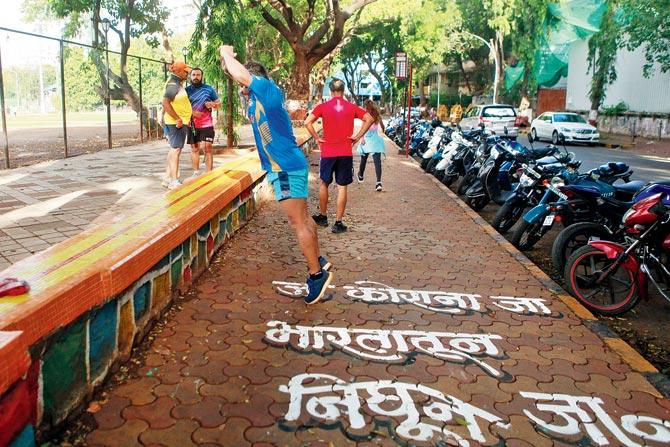
People seen exercising at Shivaji Park in Dadar, which sees a lot of walkers between 7 and 8.30 in the morning. PIC/Ashish Raje
The world over, including the US and the UK, which are among the worst-hit COVID nations, people have been stepping out for outdoor exercise, while maintaining social distancing rules. But Dr Malik says that India finds itself in a difficult position because of its population density. "The population density per square kilometres is quite high in India [nearly 382 persons per sq km] and it-s manifold higher in some metropolitan cities. Mumbai is one of the most densely populated cities in the world with more than 30,000 persons per sq km," says

Senior citizens seen exercising at a public park at Thakur Village in Kandivli on a weekday. Doctors feel that outdoor activity must be avoided by persons at extremes of age groups—elderly and young—as they fall under the high risk category. Pic/ Satej Shinde
Though it is clear that the SARS-CoV-2 virus spreads through air, aerosols oozing out during sneezing and coughing, "how far they are going to float in air, what distance they can cover, are still a matter of investigation," says Dr Malik. "One more concern arising is the transmission of disease from asymptomatic patients." It-s primarily because of this that Dr Malik feels exercising caution is of utmost important, at least till cases continue to peak.
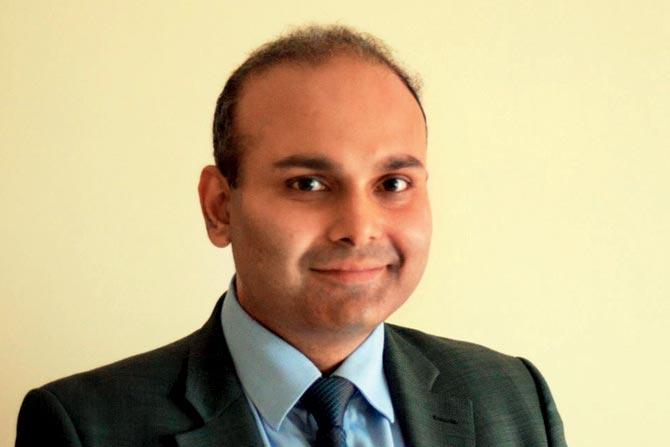
Dr Lancelot Mark Pinto
Dr Lancelot Mark Pinto, consultant respirologist at PD Hinduja Hospital says that people have by and large been living sedentary lives for the last few months. "Physical inactivity is a strong predictor of cardiovascular diseases. So, if you look at it from that perspective, there is a lot to be gained by going out for a walk. But whether that risk is acceptable or not depends on two things: first, where you are in terms of your own comorbidities, and second, whether you have elderly or sick individuals at home. If you are a young couple, with no comorbidities, then the benefits of exercising will outweigh the risks of you having a really bad COVID pneumonia. That then, may be an acceptable risk," says Dr Pinto. Outdoor activity, says Dr Malik, must also be avoided by persons at extremes of age groups—elderly and young—as they fall under the high risk category.
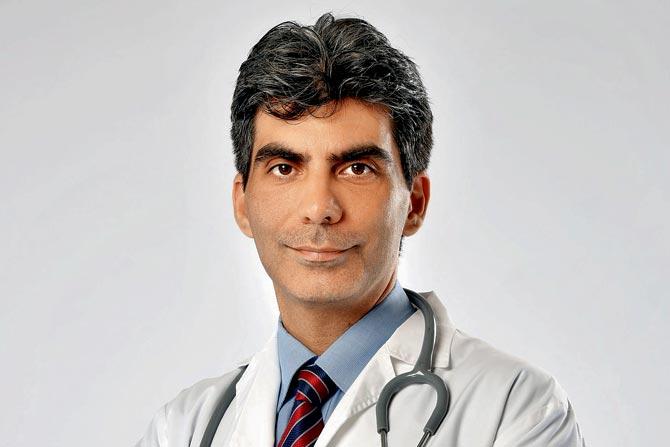
Dr Aashish Contractor
Dr Aashish Contractor, director of Rehabilitation and Sports Medicine, Sir HN Reliance Foundation Hospital, says that irrespective, the "chances of catching infection, are significantly lower outdoors."
If there are any risks, it could come from touching surfaces. While CDC has pointed out that it "may not be the main way to catch the virus", research on this is still on. "For instance, if somebody is infected, and they cough or sneeze on a promenade seat, and you, within a very short period of time, go and sit at the same spot, touch it with your hand, and with that same hand, touch your nose, mouth and face, you are quite likely to get the infection. So, sanitising your hands soon after exercise is a good practice," says Dr Contractor.
That wearing masks can make it difficult to exercise, is a known fact. "For instance, with N95, there have been studies which show that prolonged usage, can cause oxygen levels to dip a bit. Because, the seal [of the mask] is so tight, you end up rebreathing your own air significantly, while pulling in a little bit of air. The air that you are rebreathing has a lower constitution of oxygen, and that can cause elevated levels of carbon dioxide," says Dr Pinto.
To avoid using masks at all times, Dr Contractor suggests adhering to strict social distancing guidelines. "I have a simple rule of thumb: if you are engaging in moderate level activity [like walking], please keep your mask on at all times and maintain six feet distance from the next person. But if you are doing vigorous activity, and you are uncomfortable [with the mask on], you can remove it temporarily, if you are able to keep at least 20-feet distance from the next person, and put it back on when the gap is shortened. Most importantly, you should be avoiding crowded places."

Prathima Manohar
Architect and founder of The Urban Vision, Prathima Manohar, feels that if anything, the crowds thronging over the weekend at Marine Drive, made us realise the need to come up with "new tactics to open up the city safely". She says the unlocking of Mumbai, should not be seen solely from the lens of economic strategy, but an urban planning one. "Cities contribute to 70 per cent of India-s GDP and over 90 per cent of the Centre-s tax revenues. Most cities have been forced to shut down almost completely due to the pandemic. Safely reopening our cities is the first step to reopening our economies. If we can-t figure how to open up the public spaces of this city, with the new reality of this pandemic, the unlock plan will fail miserably." With a large chunk of the city-s population currently working from home and the movement across the city drastically reduced, Manohar feels that "streets can be reimagined for safe mobility". "We need to come up with short-term, low-cost, and scalable interventions to reorient our cities for safety during this emergency. For starters, you can open more roads for pedestrians, as there are fewer vehicles on the roads presently, so that people can safely, socially distance while walking. You can also have staggered timings for people to use public parks or recreational spaces, or open these spaces for longer hours if possible, in order to limit the number of people using it, at any given point in time. Authorities should also invest in public amenities for safety, like hand-washing facilities that are sensor based," says Manohar. She says it-s unfortunate that it took a pandemic, for cities to realise that they are not investing in better urban planning strategies. "It-s really going to be tough to do. But all of us, will have to come together to co-create solutions. In today-s world, the cities that will thrive will be those that invest in resilience."
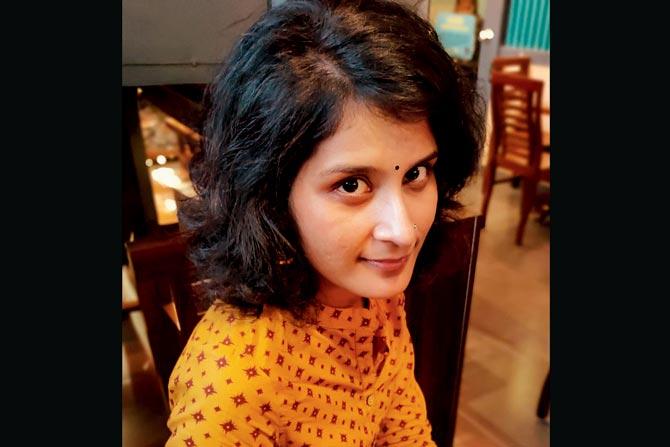
Priyanka Charan
Do-s and don-ts the next time you step out
Do-s
- Visit park or open close to your home.
- Check with the park or recreation area in advance to prepare safely and see services that are available.
- Stay at least 6 feet away from others you don-t live with "social distancing".
- Avoid touching surfaces and use sanitiser after exercise.
- Carefully consider the use of playgrounds, and help children follow guidelines.
Dont-s
- Visit parks if you are sick, tested positive for COVID-19, or know you were recently exposed to COVID-19.
- Visit crowded parks and open places
COURTESY: https://www.cdc.gov
Catch up on all the latest Mumbai news, crime news, current affairs, and a complete guide from food to things to do and events across Mumbai. Also download the new mid-day Android and iOS apps to get latest updates.
Mid-Day is now on Telegram. Click here to join our channel @middayinfomedialtd and stay updated with the latest news
 Subscribe today by clicking the link and stay updated with the latest news!" Click here!
Subscribe today by clicking the link and stay updated with the latest news!" Click here!






